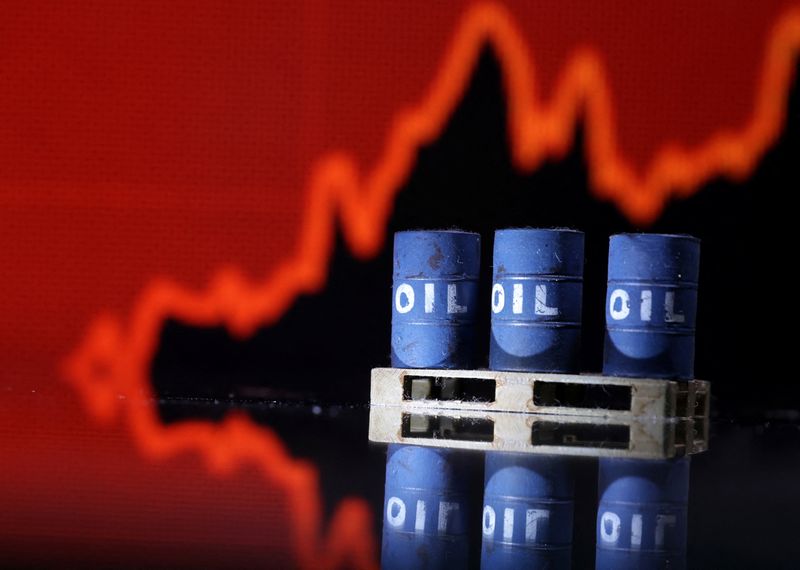By Georgina McCartney
HOUSTON (Reuters) – As major oil companies return to the annual offshore energy projects and equipment industry showcase in Houston this week, deepwater discoveries off Guyana, Namibia and the U.S. coast of the Gulf will be in the spotlight.
Offshore exploration slowed after the U.S. shale boom ushered in new oil reserves that were cheaper to exploit, and past offshore cost overruns relegated deepwater projects to the industry’s back burner .
New deepwater projects have the attributes oil and gas companies seek: longer-term production, lower break-even costs, significant resource potential and reduced carbon emissions, said Pablo Medina, head of new companies at the energy consultant Welligence.
“Deepwater is in style again,” Medina said.
Capital spending on brand new deepwater drilling is on track to hit a 12-year high next year, consultancy Rystad Energy predicts. Investments in new and existing deepwater fields could reach $130.7 billion in 2027, a 30% jump from 2023, according to the report.
“The return of offshore and deepwater operations is going to be an important topic at the OTC, and Namibia will be at the center of the discussions,” said James West, chief executive of financial company Evercore, referring to the recent round of oil discoveries. off the coast of West Africa.
Faster recovery times
With crude oil prices above $70 per barrel, energy producers can expect a multibillion-dollar return on investment from their deepwater projects in six years, a relatively short period given the longer life of wells compared to shale, explained Matt Hale, vice president of procurement. research on the chain at Rystad, at the Rystad Energy Forum in Houston last month.
Deepwater resources also offer lower carbon emissions intensity than shale and other tight oils, averaging 2 kg less carbon dioxide per barrel than shale, Hale said. This appeals to investors looking for safer values as environmental regulations tighten.
Enthusiasm for offshore has grown with discoveries and technological advances. Namibia’s Mopane is expected to hold up to 10 billion barrels of oil, Portuguese oil company Galp Energia said last month.
Chevron and TotalEnergies made a breakthrough in ultra-high pressure environments with their Anchor project in the Gulf of Mexico, the first in the world to operate at once-unfathomable pressures of 20,000 pounds per square inch (psi). The Anchor platform is preparing to begin production off the coast of Louisiana and, at its peak, will produce up to 75,000 barrels per day (bpd) of crude and operate for 30 years.
The Stabroek block, offshore Guyana, has demonstrated low-cost production potential that rivals the best deepwater fields elsewhere.
Over the next six years, more than half of its recoverable resources are expected to be pumped at a breakeven price below $30 per barrel, according to Rystad. This is comparable to the break-even point of around 80% of recoverable resources in deep offshore waters…



